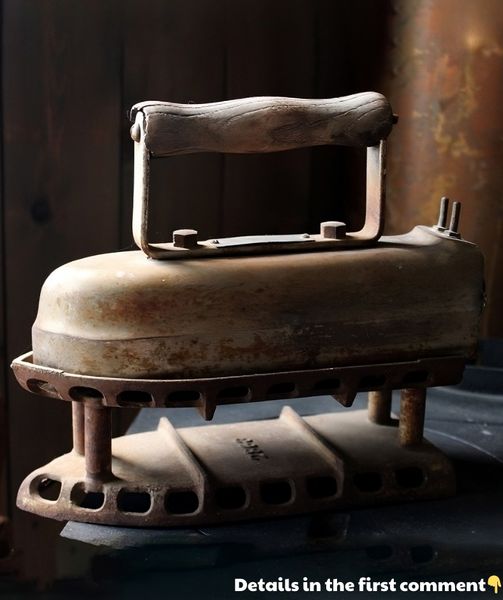As the 20th century progressed, the electric iron continued to evolve, with advancements such as the development of the steam iron in the 1920s, the introduction of non-stick sole plates, and the incorporation of precise temperature controls. Today, the smoothing iron has become an indispensable tool in households and laundries around the world, a testament to the ingenuity and resilience of this humble yet essential device.
The smoothing iron’s impact on the world of fashion and clothing can be traced back to its earliest incarnations in the ancient world. As we’ve seen, the goffering irons of ancient Greece and the heated scoops of ancient China were not merely functional tools – they were integral to the creation of intricate, visually stunning garments that reflected the style and culture of their respective eras.
The ability to manipulate and shape fabrics through the use of these early smoothing devices allowed artisans and craftspeople to elevate the art of clothing design, transforming simple robes and tunics into elaborate, high-fashion statements. The crisp pleats and precise folds achieved with these primitive irons became a hallmark of the elite and the fashionable, setting the stage for the enduring connection between the smoothing iron and the pursuit of sartorial excellence.
As the smoothing iron evolved over the centuries, so too did its influence on the world of fashion. The flatirons of the 1300s and the box irons of the 1500s played a crucial role in helping to maintain the tailored, wrinkle-free appearance that was so highly prized by the aristocracy and upper classes. The ability to remove creases and smooth out garments not only enhanced the visual appeal of clothing but also helped to convey a sense of wealth, status, and refinement.
But the impact of the smoothing iron wasn’t limited to the upper echelons of society. As the technology became more accessible and affordable, the humble ironing tool helped to democratize fashion, allowing the burgeoning middle class to achieve the same level of sartorial polish and presentation as their social betters. The ability to maintain a crisp, well-pressed look became an important marker of personal pride and social aspiration, cementing the smoothing iron’s place as a fashion essential in households across the social spectrum.
The 19th and 20th centuries saw the smoothing iron take on an even more pivotal role in the world of fashion. As industrialization and mass production revolutionized the garment industry, the need for efficient, reliable ironing tools became increasingly paramount. The gas and electric irons of the late 1800s and early 1900s not only made the ironing process faster and more convenient but also helped to ensure a consistently high-quality finish on a wide range of fabrics and garment types.
This, in turn, paved the way for the rise of the modern fashion industry, as designers and manufacturers were able to create clothing that was not only stylish but also easy to maintain and present in a visually appealing manner. The smoothing iron became an indispensable tool in the arsenals of both professional launderers and home seamstresses, allowing them to transform raw materials into the polished, wrinkle-free fashions that continue to captivate us today.
ADVERTISEMENT
